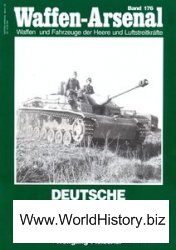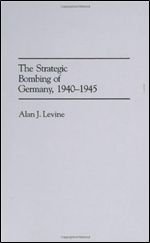British colonial suffrage laws were modeled on English laws but varied considerably from one colony to another. Political leaders tacitly assumed that only free, white, property-owning men would cast votes, although some jurisdictions occasionally permitted property-holding single women, Native Americans, and free Aerican Americans to vote. Suffrage laws became somewhat more uniform in the 18th century, as the American colonies increasingly reserved voting rights for Protestant men of European descent. South Carolina and Virginia disenfranchised free African Americans in 1716 and 1723, respectively. Several colonies also disenfranchised Roman Catholics and Jews in the early 18th century; on the other hand, many colonies repealed suffrage restrictions they had previously placed on Protestant dissenters.
Among white men suffrage was restricted to free property holders. Indentured servants were sometimes permitted to vote in local elections but seldom in colonywide elections. South Carolina, Virginia, New York, and Pennsylvania explicitly disenfranchised indentured servants in the 18th century. Property requirements for voting were quite liberal, however: possession of a 40-shilling freehold or an estate worth ?40 was a common requirement in the northern colonies, while the plantation colonies typically required voters to own 50 acres of land. By 18th-century European standards, American colonists enjoyed an exceptionally broad suffrage, even if it was very limited by standards in the United States today.
Although many adult white men enjoyed the right to vote, the value of the suffrage was limited. Several colonies instituted property qualifications for assembly candidates that were much higher than were those for voters; local elites dominated colonial legislatures from New Hampshire to Georgia. Consensus was an important political value in New England and parts of the plantation South, and many elections were not contested. For all these reasons, voter turnout was relatively low, typically between 20 and 40 percent of adult white men. Many voters attended polling places primarily in order to express fealty to political patrons or to enjoy the refreshments provided by the candidates.
Further reading: Sean Wilentz, The Rise of American Democracy (New York: Norton, 2006).
—Darcy R. Fryer and Billy G. Smith




 World History
World History









